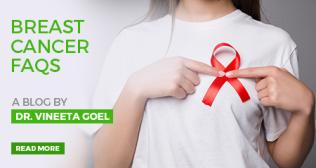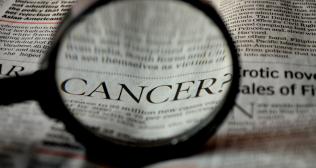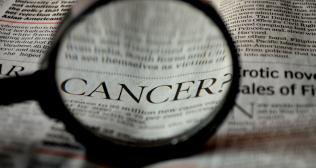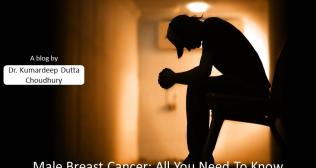
Breast Self-examination (BSE): Its Importance, and How To Do It
Breast self-examination (BSE) is a step-by-step method you can use to examine your breasts to physically check for any lumps or other changes in your breasts.
With this method, women should learn what is normal for them, so that they can recognize any changes immediately.
Should I do a breast self-exam?
Monthly breast self-exams can help you detect changes that may be signs of infection, breast disease or breast cancer. But they should never replace breast exams from your provider and screening tests like mammograms. The goal of doing a breast self-exam is recognizing what’s normal for you and to alert a provider as soon as you notice changes.
How often should I do a breast self-exam?
Most healthcare associations recommend performing a breast self-exam monthly.
When to do it?
People who are still menstruating (having a regular period) should perform a breast self-exam after their period ends.
People who have reached menopause and people who have very irregular periods can pick a day each month. Choose a day that’s consistent and easy to remember, like the first day of the month, the last day of the month or your favorite number. Keep a journal of your findings.
How long does a breast exam take?
A breast self-exam takes only a few minutes and You can do a breast exam when you’re
- Dressing for the day or undressing at night
- Lying in bed in the morning or at bedtime
- Taking a shower
What are the warning signs of breast cancer?
A self-breast examination isn’t a diagnostic tool for breast cancer. Some warning signs of breast cancer are:
- Inverted nipple or nipples that stop sticking out.
- Redness, soreness, a rash or swelling on your breasts.
- Dimpling or puckering (like an orange peel) of the skin of your breasts.
- Irregular nipple discharge.
- Advantages of breast self-examination
- Breast self-examinations can help in the early detection of breast cancer early, thereby improving the chances of a full recovery. Overall five-year breast cancer survival rate is 89.7%. Early diagnosis improves long-term outcomes.
How to do Breast Self-Exam?
1. Examine your breasts in the shower
2. Examine your breasts in the mirror with your arms down, up, and on your hips
3. Stand and press your fingers on your breast, working around the breast in a circular direction
4. Lie down and repeat step 3
5. Squeeze your nipples to check for discharge. Check under the nipple last.
Categories
Clear allMeet the doctor

- Oncology | Medical Oncology | Oncology
-
20 Years
-
1000



















